These are the things we hold dear, these talismans. Maybe we call them mementos or cherished possessions. But I like the word talisman because it infers something magical. They are mystical, necessary parts of our being, and if lost or destroyed, or out of reach, who might we become?
While researching a project, I came across a photo in Patti Smith’s book A Book of Days. The volume is a collection of photos—mostly taken with her vintage Polaroid Land 250 camera—of people, places, and things that have moved her. They are simple, raw, sometimes awkward and even out of focus at times. But there is a beautiful authenticity to every one, especially the one of her “desk talismans”—a postcard photo of the artist Mark Rothko, a St. Francis tau—a T-shaped cross—from a monk in Assisi, a gold-flecked bowl, and a pocketknife that once belonged to her dear friend, the playwright Sam Shepard. These are the items she keeps near, some at her writing desk in her home in New York. The caption under this photo in the book is from Smith: Keep on going, no matter what, my talismans seem to whisper.
Talismans. Objects of good luck, of magic, held close to the heart.
My father wore a metal of St. Paul the Apostle around his neck all his life. He never removed it. I have it now on my nightstand. A photo is above.
My mother kept her mother’s favorite ashtray on our living room coffee table for many years after my grandmother’s death, although no one else in the house smoked.
I wear my father’s onyx ring. The one my mother gave him on their wedding day.
My own wedding band, with its inlay of wood from a desert Ironwood tree is not only the symbol of unwavering love and spiritual connection to my wife, but it is also a symbol of strength and resilience and reminds me of my affinity for the beauty of this tough understory tree and my emotional connection to the American desert.
Talismans have always been a part of the artistic life, writers especially, some believing that without them, they cannot fully express themselves.
Ernest Hemingway had a fountain pen with a gold nib; Shakespeare had his quill and ink pot. Cormac McCarthy had his Olivetti typewriter. Carson McCullers had a lucky sweater she wore when she wrote. Friedrich Schiller kept rotten apples in his desk drawer, claiming the smell calmed him and readied him for work. A talisman or a sensory inspiration?
My own artistic talismans are many. Some may not meet the strict definition. Still, I offer a few here.
Before me on the desk in the shed, a bowl turned by my son in a high school art class, made of white clay and horsehair. I burn incense and sage in it.
A watercolor of Dylan Thomas’ shed in Laugharne, Wales given to me by my wife.
A photograph my son took somewhere in Canada on expedition. And the booklet given to patrons at a photo exhibit of his work in Cuba with the iconic Leica M3 camera.
The whimsical artwork of my stepdaughter.
The first poem I wrote inside the shed.
My favorite Henry Miller, Jack Kerouac, and Joan Didion quotes.
The handwritten note from the docent at the Dylan Thomas boathouse studio after my visit there.
A poem and the autograph of the great poet, Gary Snyder. He signed it for me at a reading in Chicago many years ago.
Stones from the New Mexico desert.
A shed full of talismans, each carrying their own spirit, surrounding me with a kind of artistic comfort and, dare I say, inspiration. But what might be most important is that these objects have chosen me. They have said something profound; they have evoked some deeper sense of a continuing creative journey. I did not seek them, they found me as gifts, as treasures of some richer existence.
Around my neck, I wear a small Celtic pendant, a Triskele, often referred to as the “triple spirit.” In Christianity it is said to represent the Holy Trinity. But the symbol has roots in Pagan beliefs and Greek mythology, representing the motions of life—birth, death, rebirth, or spirit, mind, and body, a complex and ancient symbol. Complex like life itself. Why we are here? Why we carry on? Why we long for meaning? For me it represents the searcher, always looking and never finding. I don’t expect to find. As they say, the journey is the thing. The pendant is a talisman reminding me of the never ending and always winding road.
Hold tight to your own talismans, for they may be only objects to some, but they ground us, lift us, and nudge us toward a higher level of existence.
They whisper.
David W. Berner is the author of several books of award-winning fiction and memoir. His latest, Daylight Saving Time: The power of growing older is available now. His debut poetry collection, Garden Tools is due out in October 2025 from Finishing Line Press. His novella, American Moon will be published by Regal House Publishing in 2026.




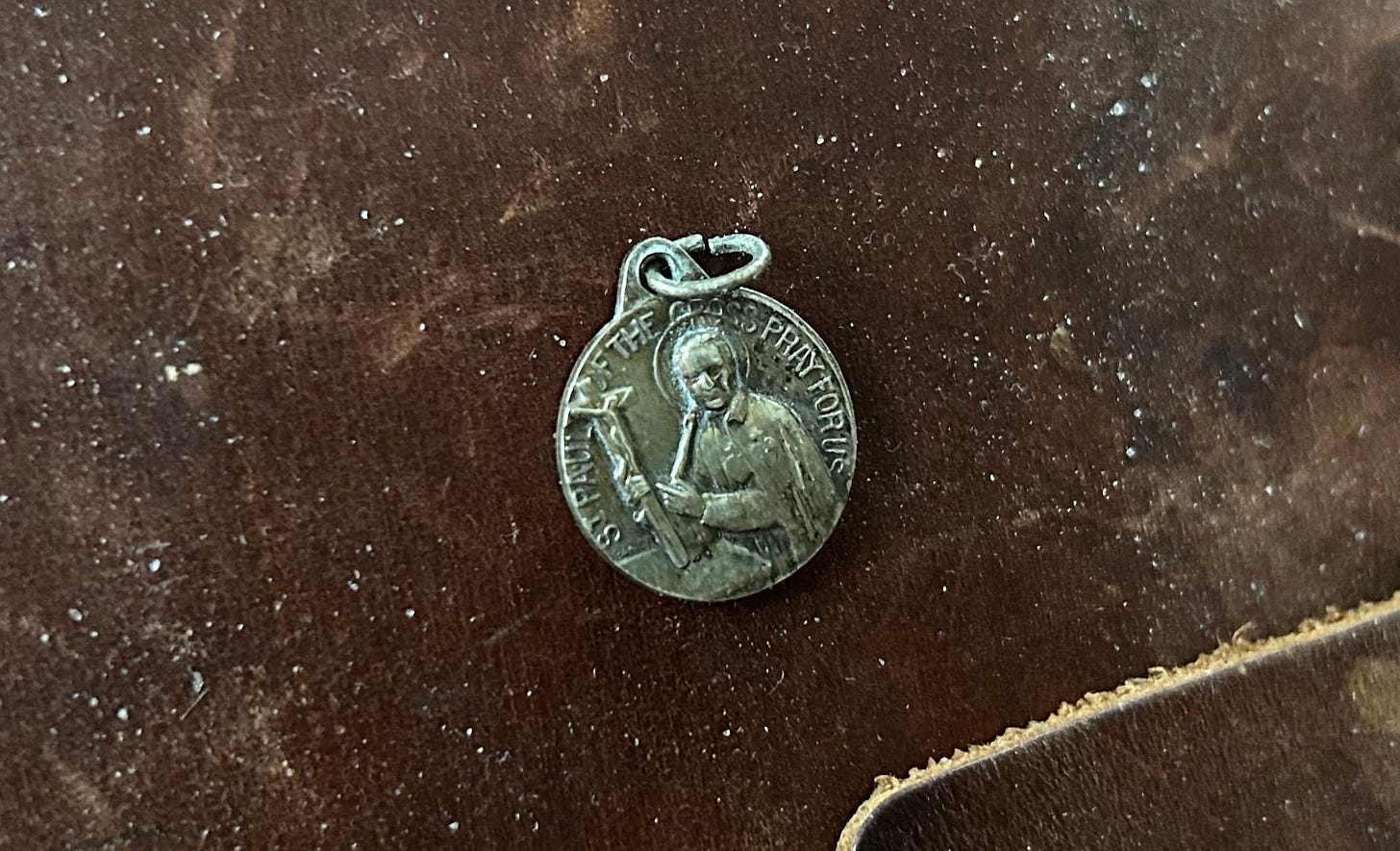
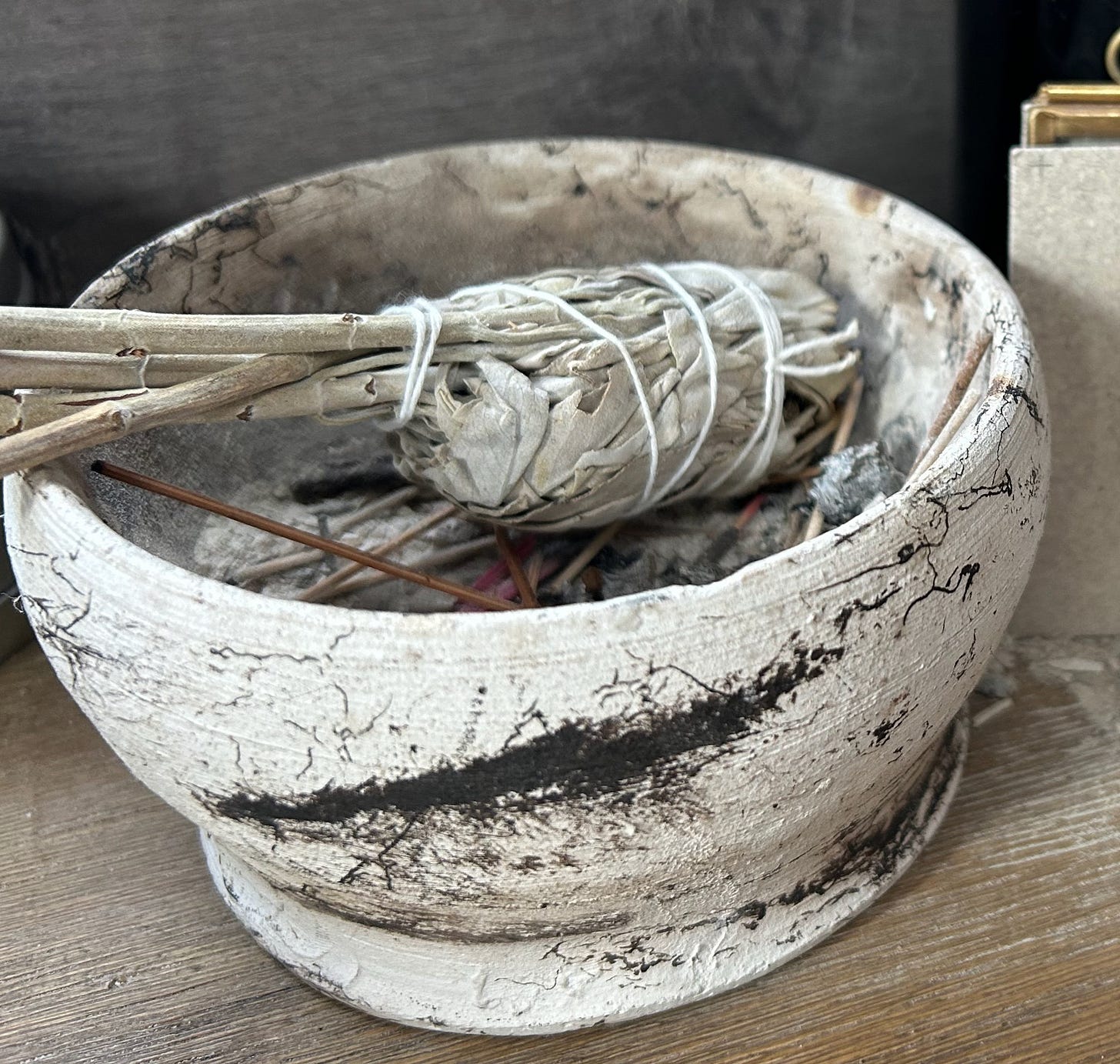



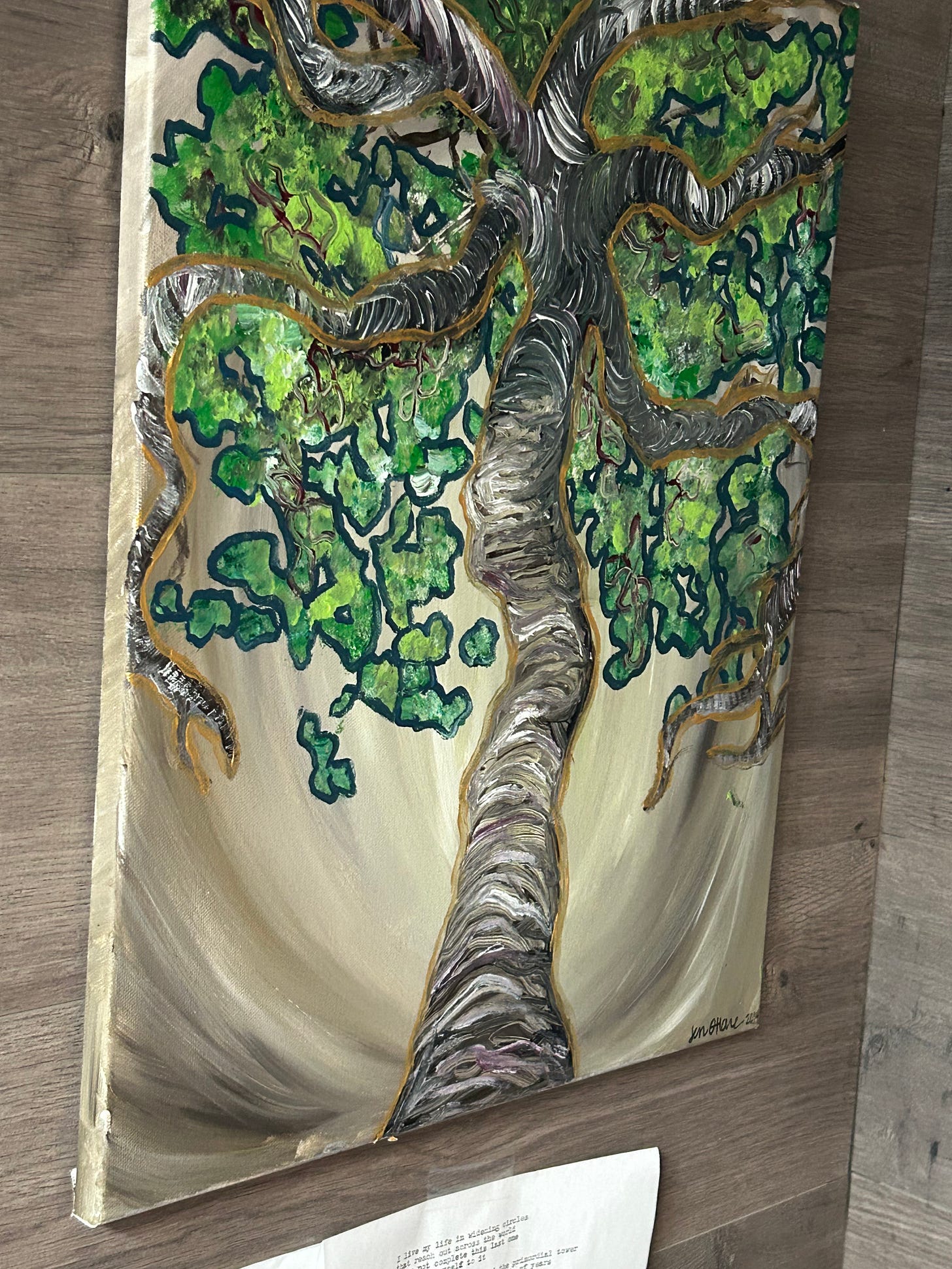
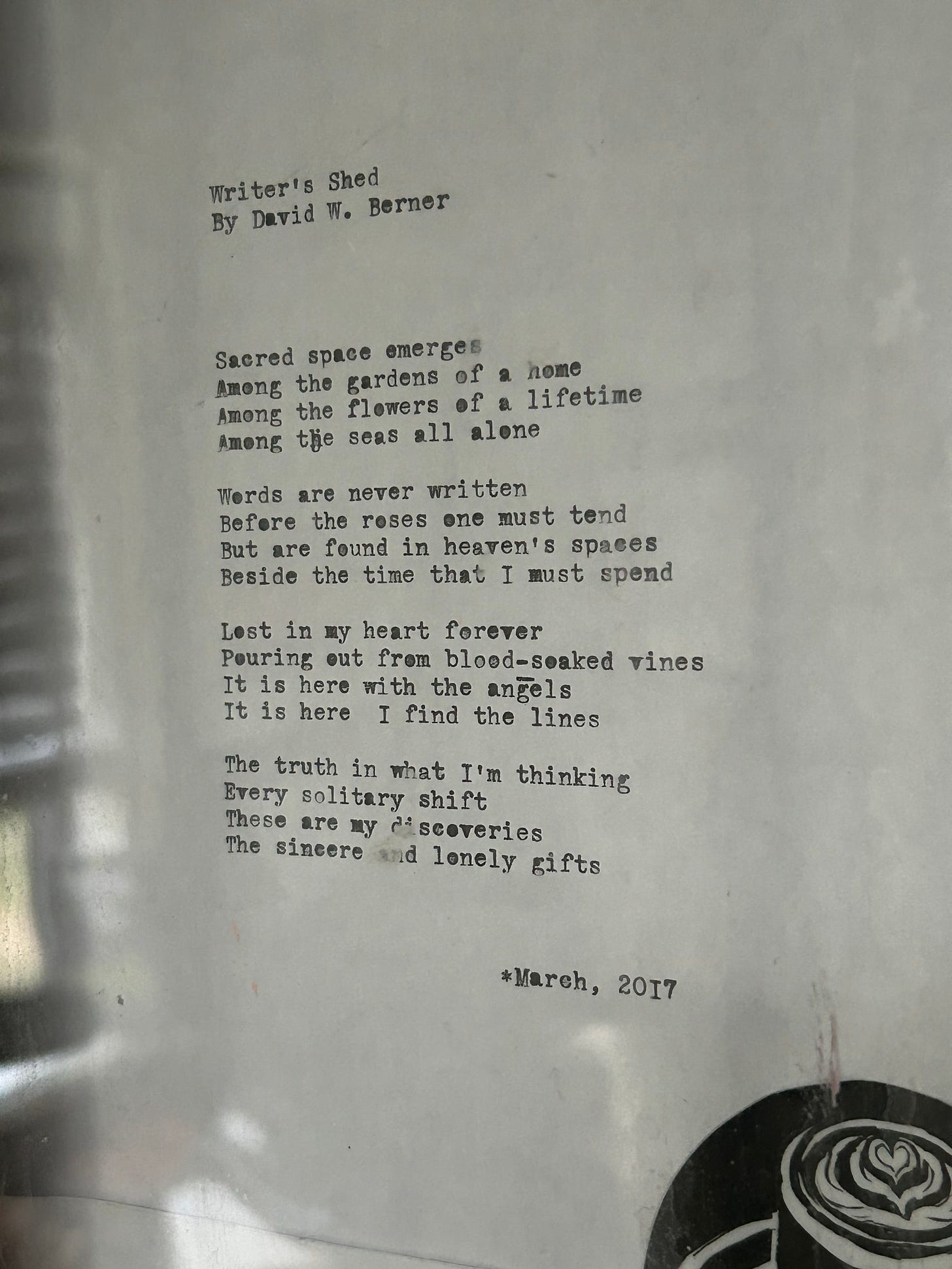
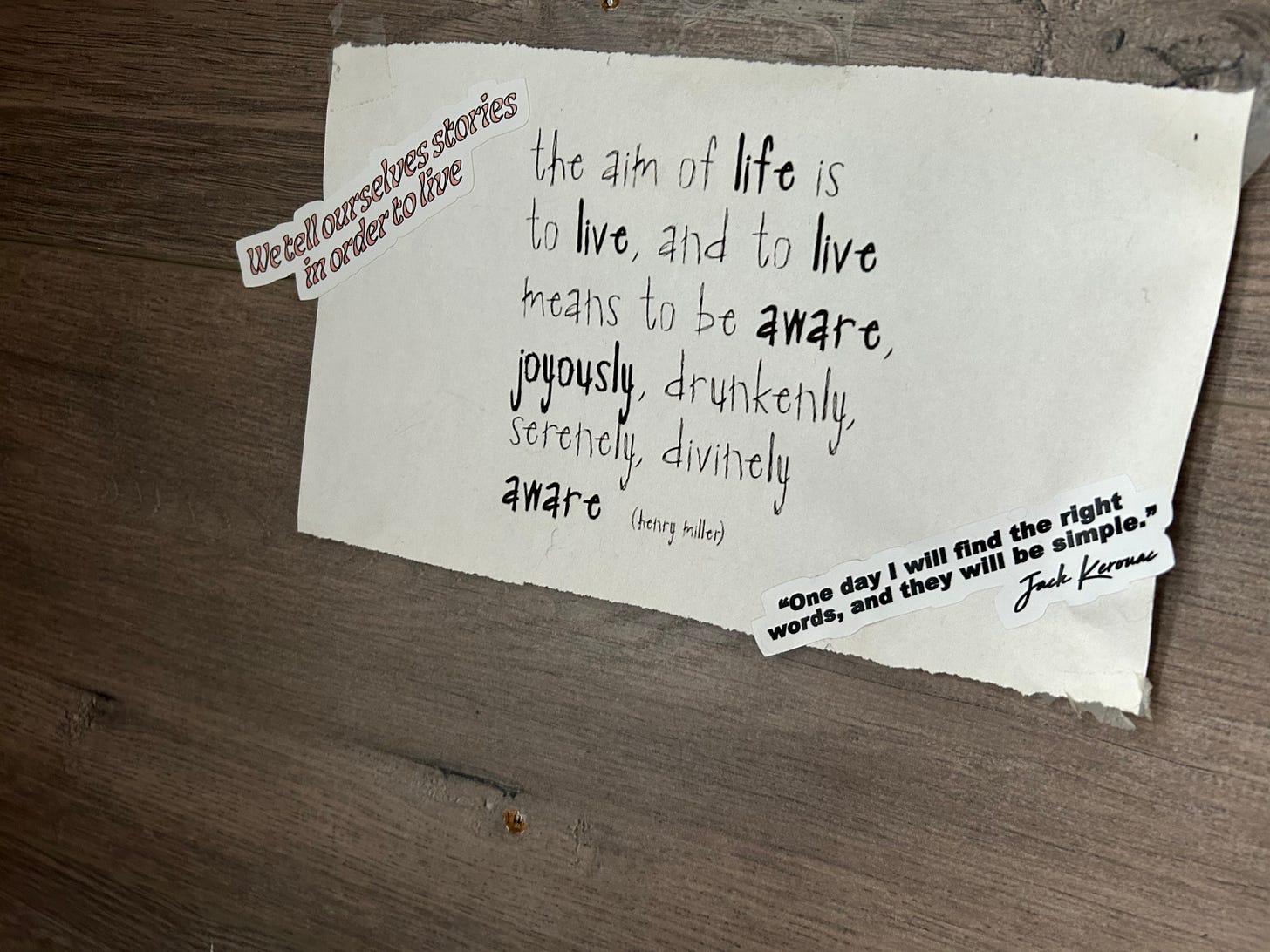
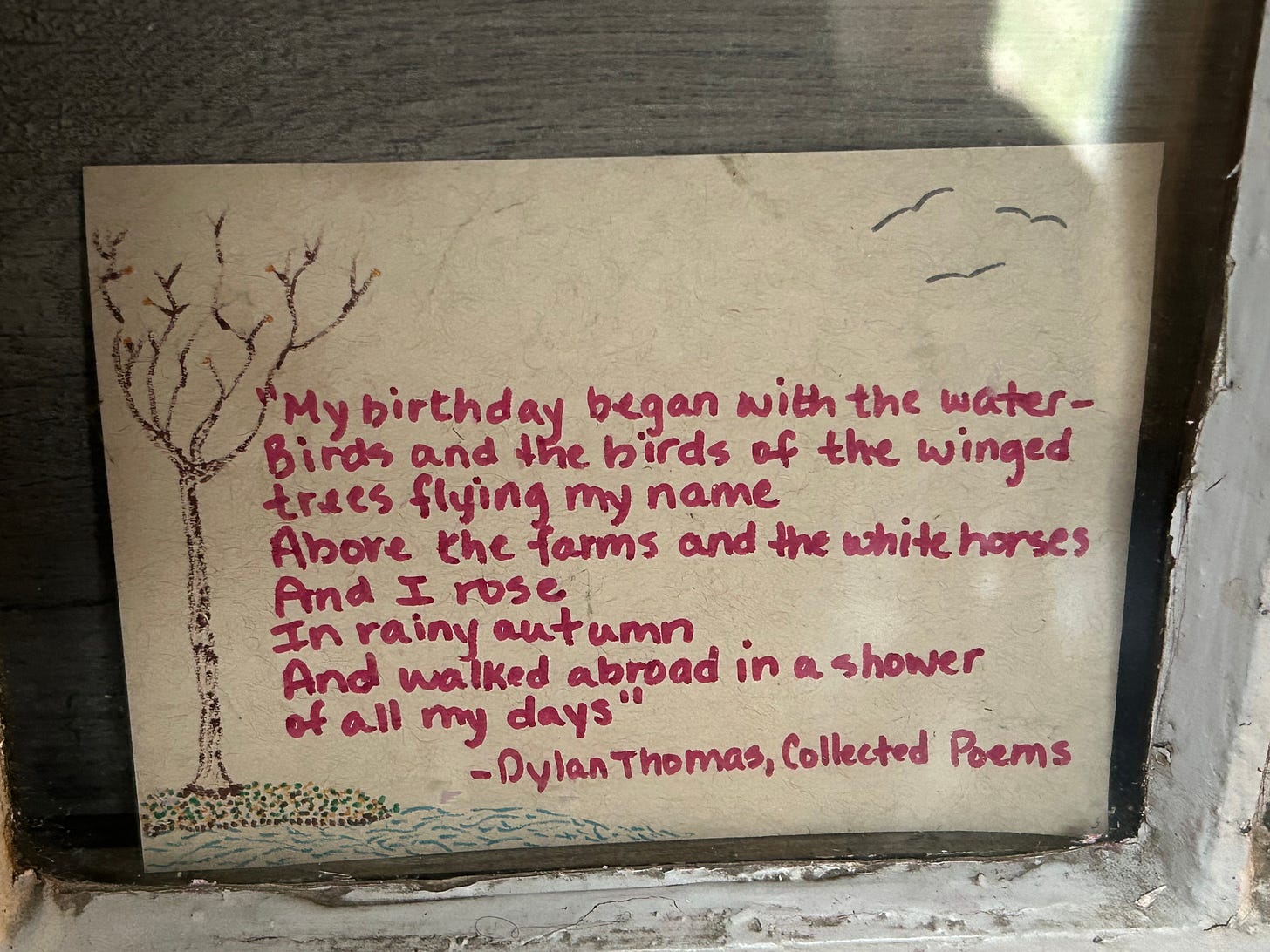


"The journey is the thing."
Word.
Beautiful. This is one if it favorite pieces on here as of late.